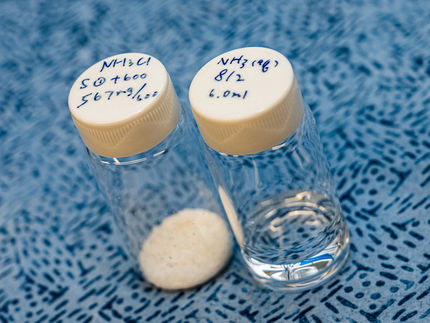Making vanilla flavoring with less pollution
Advertisement
In small amounts, vanilla flavoring enhances the taste of our baked goods, desserts and ice cream. But making it synthetically, which is the most common route to keeping the ingredient affordable these days, creates a stream of wastewater that requires treatment before it can be released into surface waters. Now researchers report a new "greener" way to make vanillin, the primary flavor compound in vanilla.
Although consumers have been demanding more "natural" foods in recent years, less than 1 percent of vanilla flavor produced globally comes from its original natural source, the vanilla orchid. The rest is synthesized from a petroleum-derived precursor called guaiacol, tree lignin and other substances such as cow feces. But the catalysts currently used in the manufacturing of vanillin are polluting and can only be used one time. So Ganapati D. Yadav and Shivaji L. Bhanawase sought an improved method to make the popular flavor compound.
The researchers created a catalyst by encapsulating copper-aluminum hydrotalcite in silica. Testing showed that it efficiently spurred the separation of vanillin from other compounds. The catalyst worked in water under ambient air pressure, and eliminated the need for a polluting step involving hydrochloric acid that current techniques require. The catalyst could also be recovered and re-used. The researchers say that their process could be economically scaled up for a more environmentally friendly approach to making commercial vanillin.
Original publication
Other news from the department science

Get the chemical industry in your inbox
By submitting this form you agree that LUMITOS AG will send you the newsletter(s) selected above by email. Your data will not be passed on to third parties. Your data will be stored and processed in accordance with our data protection regulations. LUMITOS may contact you by email for the purpose of advertising or market and opinion surveys. You can revoke your consent at any time without giving reasons to LUMITOS AG, Ernst-Augustin-Str. 2, 12489 Berlin, Germany or by e-mail at revoke@lumitos.com with effect for the future. In addition, each email contains a link to unsubscribe from the corresponding newsletter.
































































